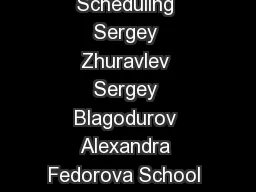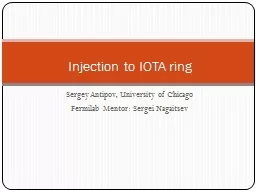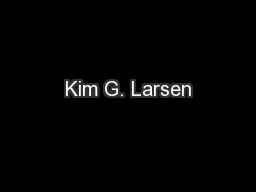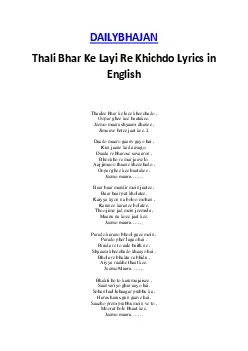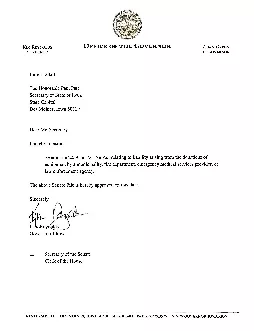PPT-Sergey Antipov, The University of Chicago Advisors: Young-Kee Kim (U.Chicago) and
Author : conchita-marotz | Published Date : 2019-11-05
Sergey Antipov The University of Chicago Advisors YoungKee Kim UChicago and 10 Sergei Nagaitsev FNALUChicago Study of Fast Instability in Recycler Outline What we
Presentation Embed Code
Download Presentation
Download Presentation The PPT/PDF document "Sergey Antipov, The University of Chicag..." is the property of its rightful owner. Permission is granted to download and print the materials on this website for personal, non-commercial use only, and to display it on your personal computer provided you do not modify the materials and that you retain all copyright notices contained in the materials. By downloading content from our website, you accept the terms of this agreement.
Sergey Antipov, The University of Chicago Advisors: Young-Kee Kim (U.Chicago) and: Transcript
Download Rules Of Document
"Sergey Antipov, The University of Chicago Advisors: Young-Kee Kim (U.Chicago) and"The content belongs to its owner. You may download and print it for personal use, without modification, and keep all copyright notices. By downloading, you agree to these terms.
Related Documents


